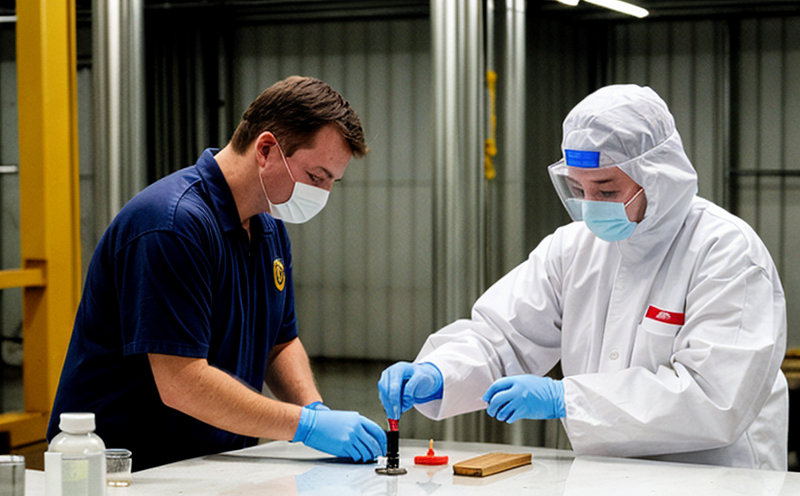ISTA 3A Temperature and Humidity Test
The ISTA 3A Temperature and Humidity (T&H) test is a critical component in assessing the durability of packaging materials under extreme environmental conditions. This test simulates real-world scenarios where temperature and humidity levels fluctuate, thereby evaluating the package's ability to protect its contents against damage.
During this test, packages are subjected to controlled cycles of high and low temperatures combined with varying humidity levels. The goal is to determine how well the packaging can maintain its integrity under these conditions without compromising the safety or quality of the product inside. The test is particularly important for industries such as food processing, pharmaceuticals, electronics manufacturing, and logistics.
The ISTA 3A T&H test follows a standardized procedure outlined in the International Safe Transit Association (ISTA) standards, which are widely recognized by shippers, manufacturers, and retailers. This ensures consistency across different testing facilities and helps in achieving reliable results that can be used for quality control and product development.
The test involves placing packages on a programmable environmental chamber where temperature and humidity conditions are controlled to mimic the expected real-world shipping environment. The specimens undergo multiple cycles of heat, cold, and moisture exposure, which can range from 12 hours at 40°C with 95% relative humidity (RH) followed by cooling to -20°C for 8 hours with 60% RH.
After each cycle, the packages are inspected for any signs of damage or degradation. These inspections include checking the integrity of the packaging materials, the stability of the contents, and ensuring that no moisture has seeped into the package. The test aims to identify potential weaknesses in the design so they can be addressed before products reach their final destination.
The results of the ISTA 3A T&H test play a crucial role in reducing logistics costs by preventing damage during transportation and storage, thereby enhancing customer satisfaction and reducing waste. It is also essential for compliance with international shipping regulations and standards set by organizations like ASTM (American Society for Testing and Materials).
For industries relying heavily on the integrity of their packaging, such as pharmaceuticals and electronics manufacturing, this test ensures that products can withstand the rigors of distribution without compromising quality or safety.
Why It Matters
The ISTA 3A Temperature and Humidity Test is vital for ensuring product integrity during transportation and storage. It helps manufacturers identify potential weaknesses in their packaging design, which can lead to reduced logistics costs and enhanced customer satisfaction.
- Reduces the risk of product damage during transit.
- Ensures compliance with international shipping regulations.
- Promotes product quality and safety by identifying potential issues early in the supply chain.
- Aids in improving packaging design to better withstand harsh environmental conditions.
Applied Standards
| Standard | Description |
|---|---|
| ISTA 3A | This standard specifies the procedures for testing packaging materials to simulate real-world temperature and humidity conditions during transportation. |
| ASTM D475-18 | An American Society for Testing and Materials standard that provides guidelines on environmental conditioning equipment used in material testing. |
| EN 23061 | This European standard sets out the requirements for packaging materials subjected to temperature and humidity cycling tests. |
International Acceptance and Recognition
- The ISTA 3A T&H test is widely accepted by major logistics providers such as DHL, FedEx, UPS, and others.
- Many international regulatory bodies recognize this test for its reliability in assessing packaging performance.
- Global manufacturers use the results of these tests to ensure they meet quality standards across different markets.





